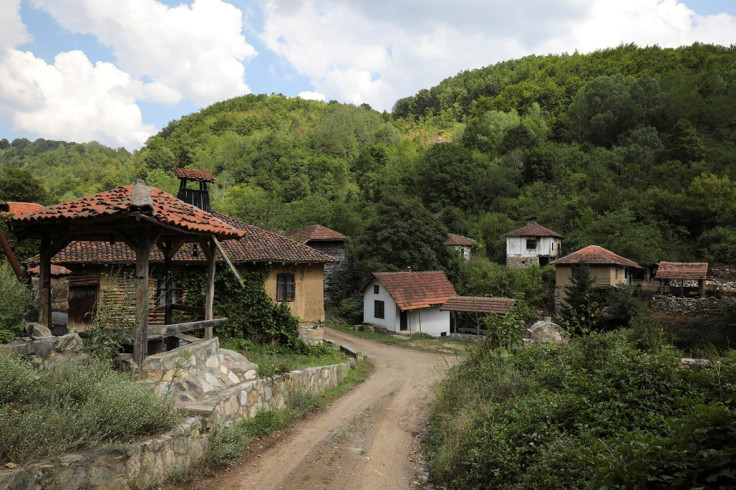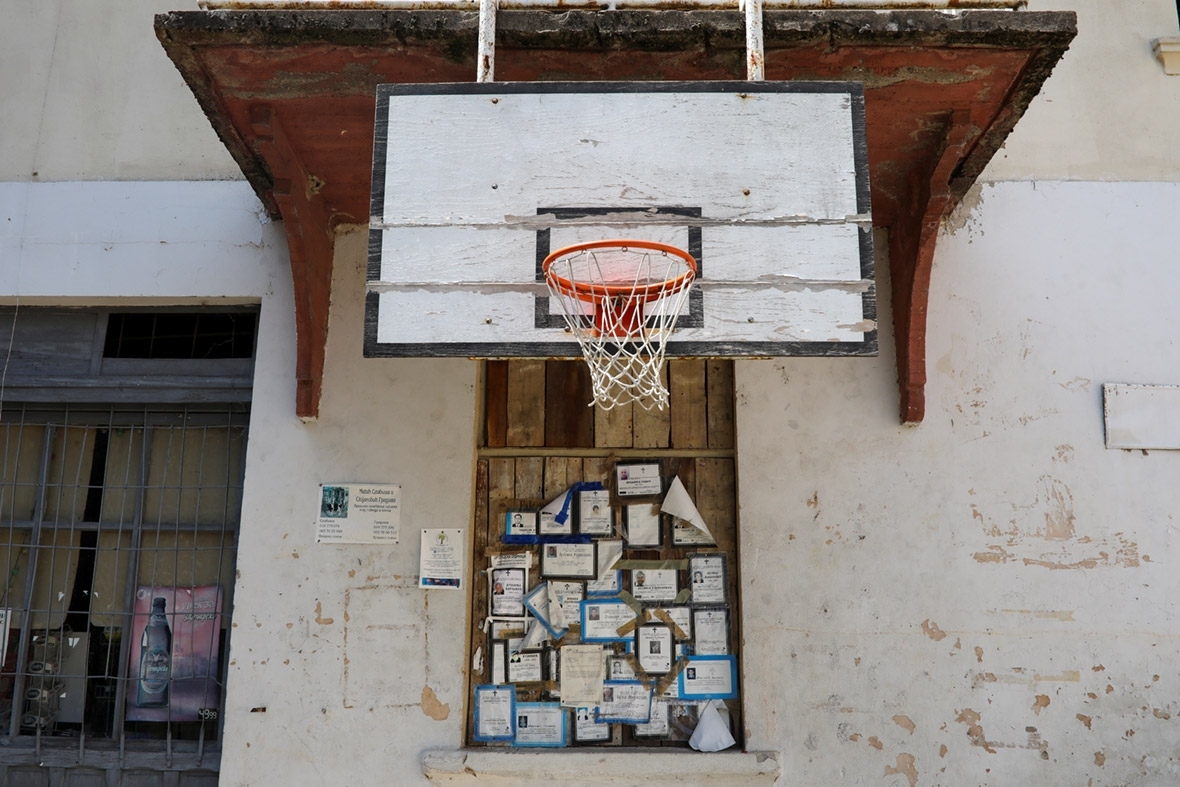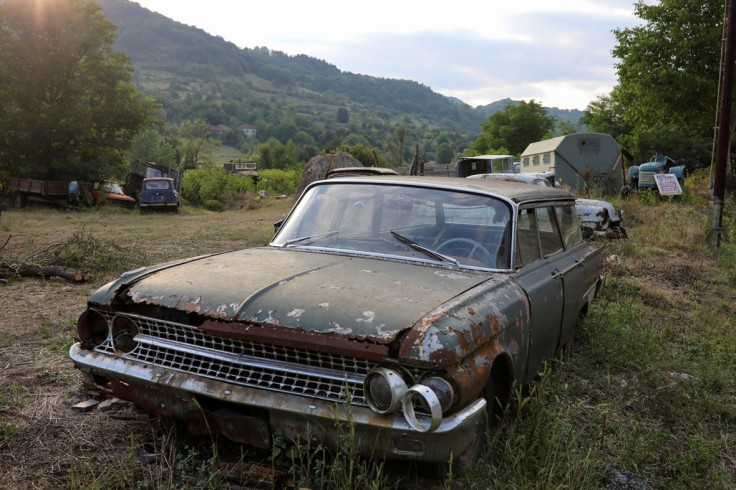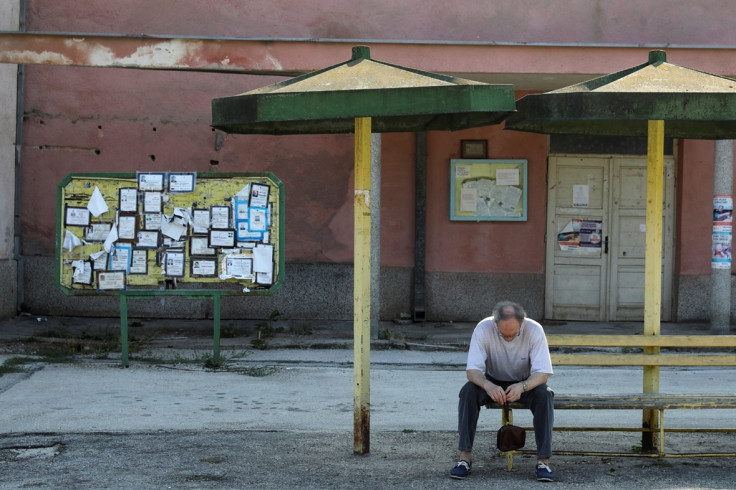Photos: Balkans exodus turns Serbian villages into abandoned ghost towns
People are abandoning their villages and moving to cities, leaving only the elderly behind in crumbling houses.
A swathe of rural Europe is slowly dying as people abandon their villages and move to cities, leaving only the elderly behind in crumbling houses. Reuters photographer Marko Djurica visited several Serbian ghost villages near the Bulgarian border.

Between 2002 and 2011, Serbia lost more than 377,000 people or five percent of its population, according to the most recent census. Numbers have fallen in 86 percent of the country's 4,600 villages, according to the Serbian Academy of Science.
In the 1960s, 1970s and 1980s around a million left to seek jobs in the West. An estimated 700,000 people left Serbia during the Balkan wars of the 1990s. The outflow continued after the fall of President Slobodan Milosevic in 2000. A transition to a market economy saw many state factories close and a trend towards smaller families has seen the average age rise to 42 according to the 2011 census, up from 40 in 2002.







In the past 50 years the eastern Serbian municipality of Knjazevac fell by half to 30,000 people. "We now have a population in line with what we had after World War One," said Marija Jelenkovic, a municipal official. Repusnica was once a bustling village on the slopes of Mount Stara Planina in Serbia. Now its bars lie empty and its houses are shuttered and plastered with death notices.






In many nearby villages, the population has dwindled and sometimes just an elderly couple or a single person is left. Schools, clinics, veterinary stations and shops are closed. Visitors are rare. Roads are peppered with potholes.




"Some people left, moved away ... to seek better living standards. The village was neglected and ignored especially when it came to infrastructure," said Rade Bogdanovic, a retired veterinarian in Kalna, which is part of the Knjazevac municipality that also includes Repusnica. "Only the elderly stayed behind, the parents of those who left, and over time they grew older and died," he said as he stumbled across rubble to reach his dilapidated former office. He said Kalna's population had shrunk from 4,000 to 1,000.

Vida is the last woman living in the village of Ravno Bucje. Her husband Bosko died last year and although it is very remote and has hard winters, she wants to stay in the village. Her daughter lives in Knjazevac and brings Vida things she need once a month. She lives in the village with a dog and two cats.


The Serbian government has sought to tackle the problem by improving infrastructure and offering incentives to younger people to stay in villages. The effort is yet to yield results. In 2015, a human rights official appointed by parliament said the country should ask migrants flooding through the Balkans from the Middle East to settle in empty villages but the idea – like the villages – was abandoned.
© Copyright IBTimes 2025. All rights reserved.






















